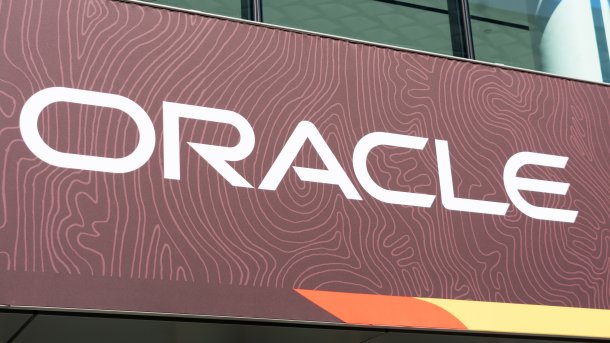Oracle: More AI, new data lake and data queries in natural language
Oracle is also following the AI trend – but not the hype: instead, the Group is releasing many specific functions in its existing offerings.

(Image: Michael Vi/Shutterstock.com)
- Harald Weiss
Oracle's new offerings include GenAI agents with RAG (Retrieval Augmented Generation) functions from the cloud. The former enable access to the Oracle Database 23ai, AI Vector Search and the execution of fast similarity queries based on the data stored in the database. According to Oracle, the most important use cases for this are call center optimization, legal research and financial analyses.
There are also several new AI modules for various tasks: The GenAI module allows versatile language models to be seamlessly integrated into a wide range of use cases, including writing assistance, summarization, analysis and chat. It provides access to the Llama 3.1 models in sizes of 405 billion parameters and supports the Cohere Command R, Command R+ and Embed models. The Data Science module is designed for data scientists and helps to access open source tools for creating, training, deploying and managing AI models. This includes updates for the no-code function AI Quick Actions. The Language module enables sophisticated text analysis and large-scale machine translation. New multilingual models are designed to seamlessly support over 100 languages. Code Assist is also particularly interesting: the module makes suggestions for various programming languages, including Java, Python, JavaScript, SuiteScript, Rust, Ruby, Go, PL/SQL, C# and C. Together with the existing AI functions, over 50 AI agents and over 100 GenAI features are now to be available.
Oracle Intelligent Data Lake
There are also innovations in data management. The new Oracle Intelligent Data Lake will be the fundamental component of the Oracle Data Intelligence Platform. This makes it easier to use data from different sources in a standardized structure. The Data Lake will have a uniform developer environment with a data catalogue function, Apache Spark and Apache Flink for data processing and a Jupyter Notebook for data analysis and visualization. According to Oracle, analytical applications can be connected to real-time data from any source, assets can be inventoried, data can be transformed and end-to-end data orchestration can be created.
And finally, Oracle is also updating its databases. In 23ai, data queries are now possible in natural language, but only in English at launch; in the Autonomous Database there are some new AI functions, such as Select AI with RAG support, GPU support for OML Notebooks Offload and new drag-and-drop tools without code as part of Data Studio.
Oracle showed all these innovations at CloudWorld. Details on the announcements can be found in the corresponding Oracle announcements. Extensions for Oracle Fusion and the cloud cooperation with AWS and GCP were also on display at the in-house exhibition.
(emw)